Tamarind hybrid ( Grafted )
₹199
Elevate your culinary and medicinal experiences with our exquisite Tamarind Hybrid (Graft)! This unique variety offers a bountiful harvest of tangy, flavorful tamarind fruits, perfect for a myriad of dishes and remedies.
55 people are viewing this product right now
🔥 9 items sold in last 3 hours
Experience the tangy delight of the Tamarind with our premium Tamarind hybrid (Graft). This expertly grafted variety offers faster fruiting compared to seed-grown trees, allowing you to savor the sweet and sour fruits sooner.
Key Features & Benefits
- Faster Fruiting: Enjoy delicious Tamarind fruits within a shorter ragtime due to the grafted nature of the tree.
- Improved Fruit Quality: Grafting enhances fruit yield and often results in larger, sweeter, and more flavorful Tamarind pods.
- Disease Resistance: Grafted varieties may exhibit increased resistance to certain diseases, promoting healthier plant growth.
- Consistent Fruiting: Enjoy consistent and reliable fruit production year after year with this high-yielding Tamarind hybrid.
- Versatile Uses: Utilize the tangy Tamarind pulp for a variety of culinary purposes, from chutneys and sauces to drinks and desserts.
Plant Care Guide
Ideal Plantation Locations
Tamarind thrives in warm, tropical, and subtropical climates with full sun exposure. It prefers well-drained, sandy-loam soil with a slightly acidic to neutral pH. Suitable regions include coastal areas, plains, and semi-arid regions.
Planting & Gardening Instructions
- Location: Select a sunny location with ample space for the tree to grow. Ensure the area provides adequate drainage to prevent root rot.
- Soil Preparation: Prepare the soil by digging a hole slightly larger than the root ball. Mix well-rotted organic matter like compost or manure into the soil to improve drainage and fertility.
- Planting: Gently place the grafted Tamarind tree in the hole, ensuring the graft union is positioned above the soil line. Backfill with the prepared soil mixture, firming gently around the roots.
- Spacing: Plant Tamarind trees at a distance of 20-30 feet apart to allow for adequate growth and canopy development.
Watering
Water the newly planted tree deeply and regularly during the establishment phase. Once established, reduce watering frequency but ensure the soil remains slightly moist. During dry spells, provide supplemental irrigation.
Fertilizers
Apply a balanced fertilizer (like 10-10-10) around the base of the tree during the early growth stages. Fertilize again before the onset of the fruiting season. Avoid over-fertilization, as it can negatively impact fruit quality.
Repotting Instructions
Re-potting is generally not required for mature Tamarind trees planted in the ground. However, if grown in containers, repot to a larger pot every 2-3 years using a well-draining potting mix.
Fruiting Season
The fruiting season for Tamarind typically occurs during the hot summer months. The exact timing may vary depending on the specific cultivar and climatic conditions.
Usage Ideas
- Culinary Uses: Use Tamarind pulp to create chutneys, sauces, drinks, and desserts.
- Medicinal Uses: Tamarind has potential medicinal properties and is used in traditional medicine.
- Ornamental Uses: The Tamarind tree provides shade and adds beauty to gardens and landscapes.
- Gifting: A Tamarind tree makes a unique and thoughtful gift for gardening enthusiasts.
Care Tips
- Pest and Disease Control: Monitor for pests like aphids and scale insects. Control them using organic methods or appropriate insecticides.
- Pruning: Prune young trees to shape and maintain a strong central leader. Remove any dead, diseased, or crossing branches.
- Mulching: Apply a layer of organic mulch around the base of the tree to conserve moisture, suppress weeds, and regulate soil temperature.
Only logged in customers who have purchased this product may leave a review.
Related products
Designed, Developed & Maintained by Growww.
Copyright © 2024 Ashok Chakra Nursery

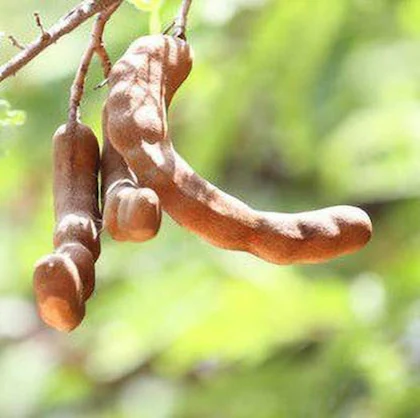
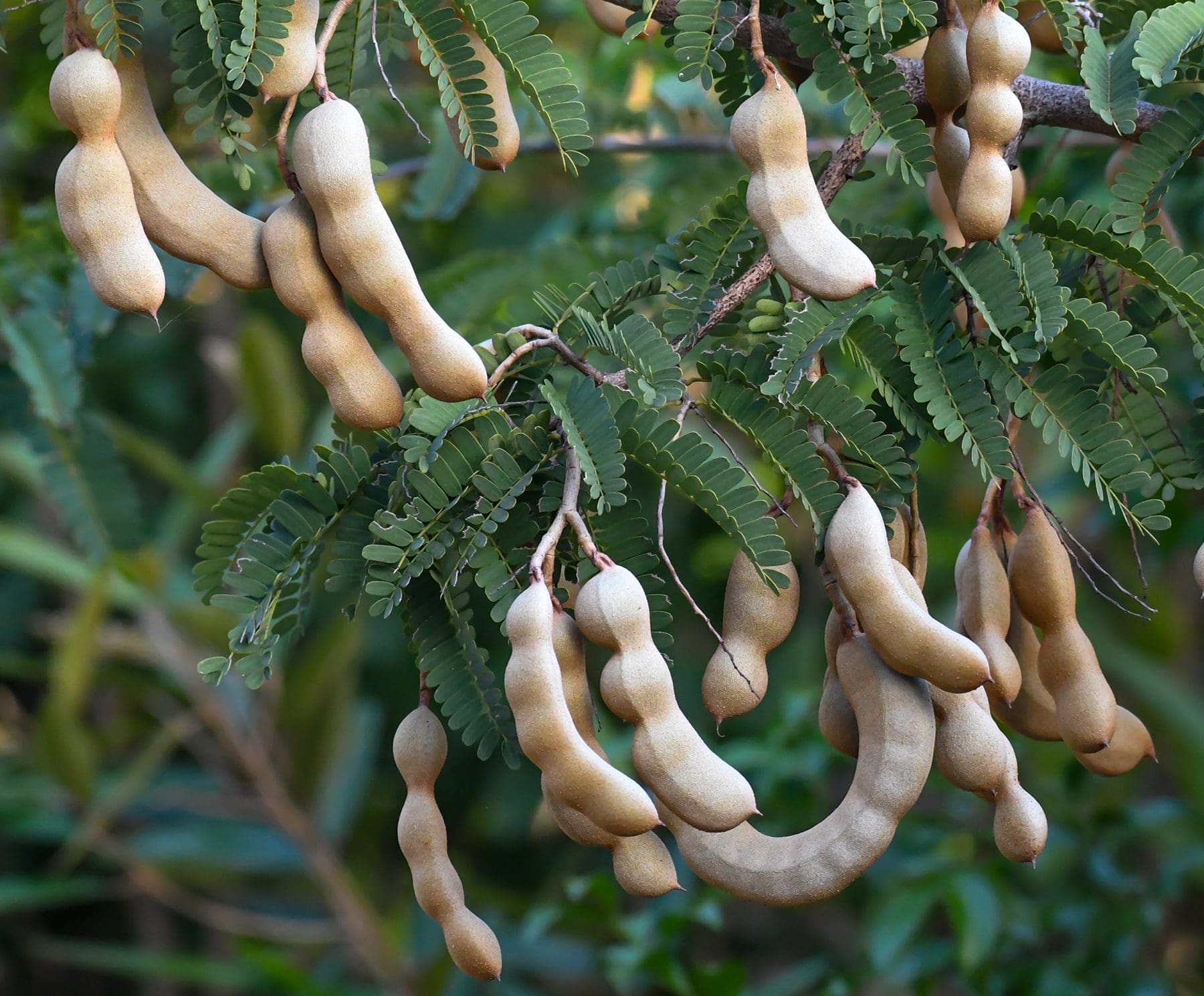
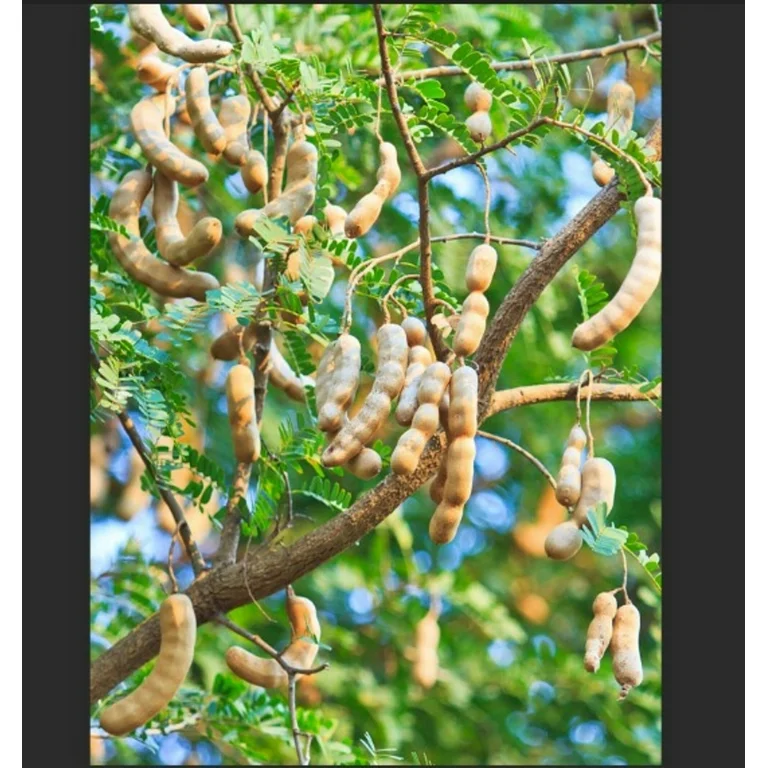
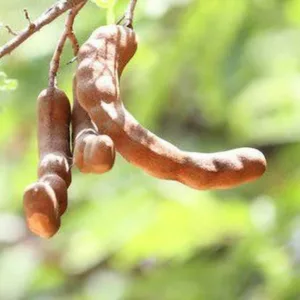
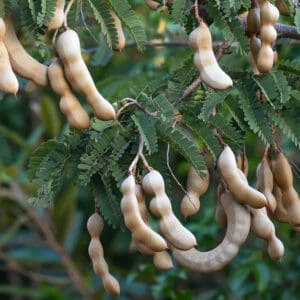
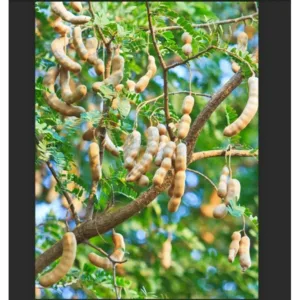
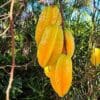
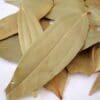
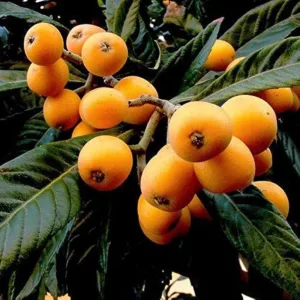
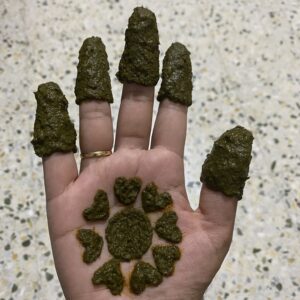
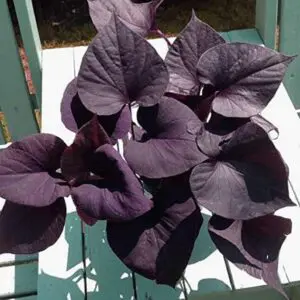
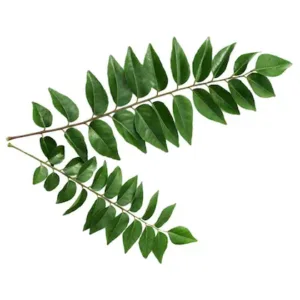
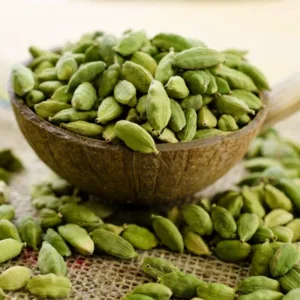
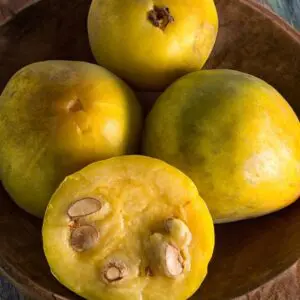
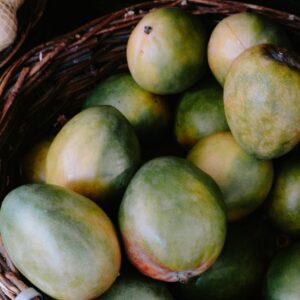
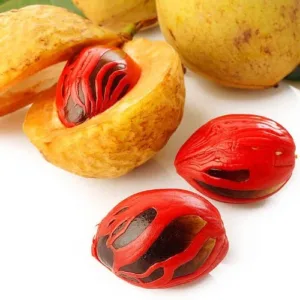
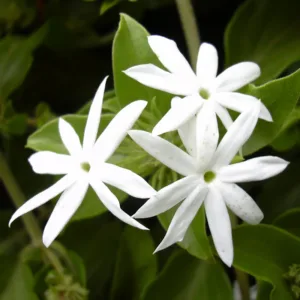
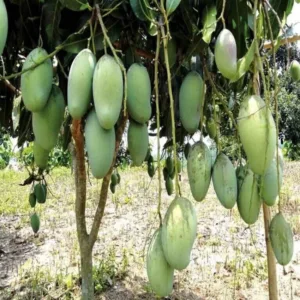
Reviews
There are no reviews yet.